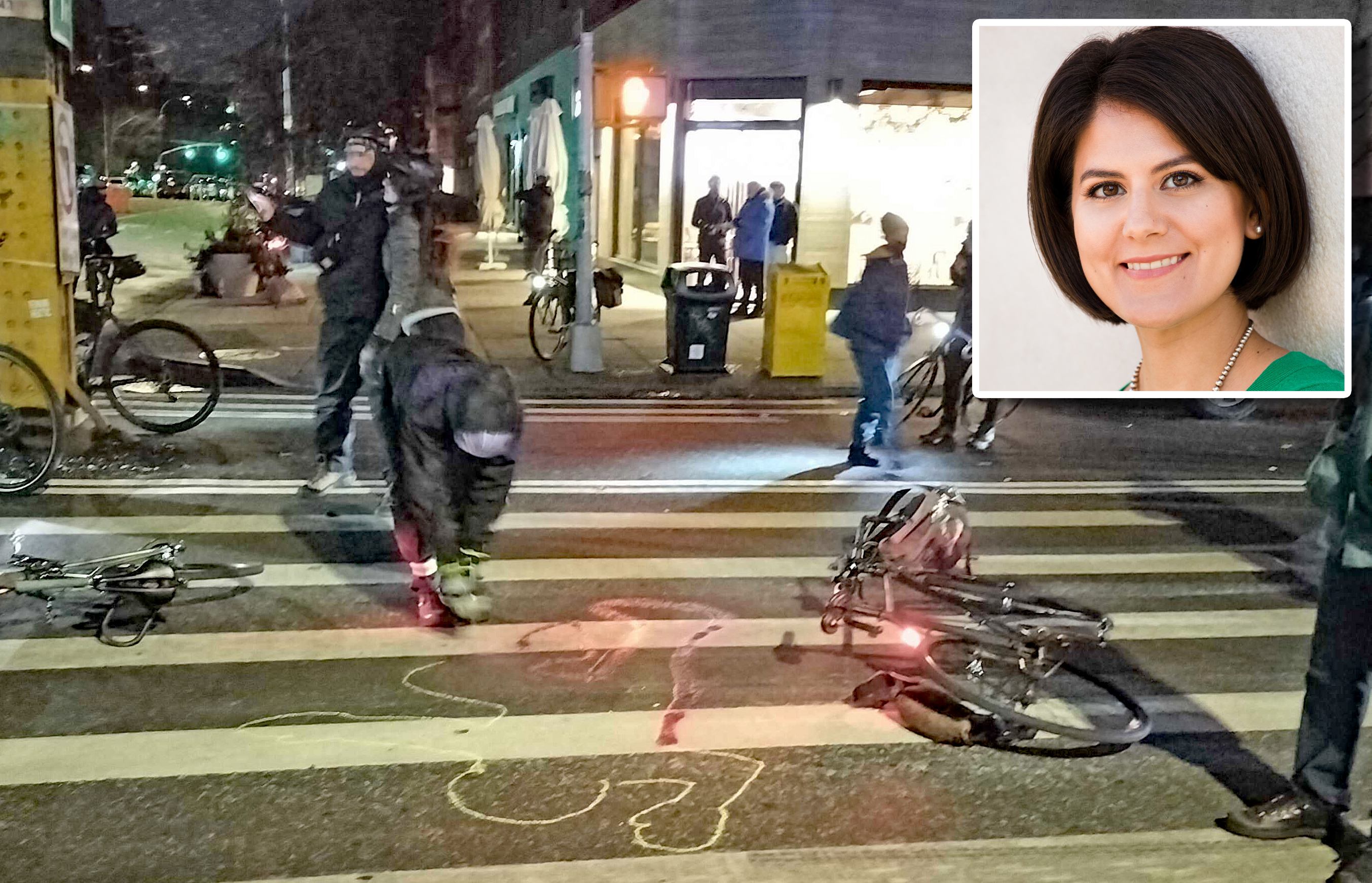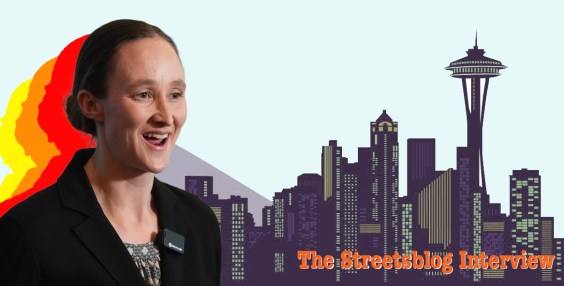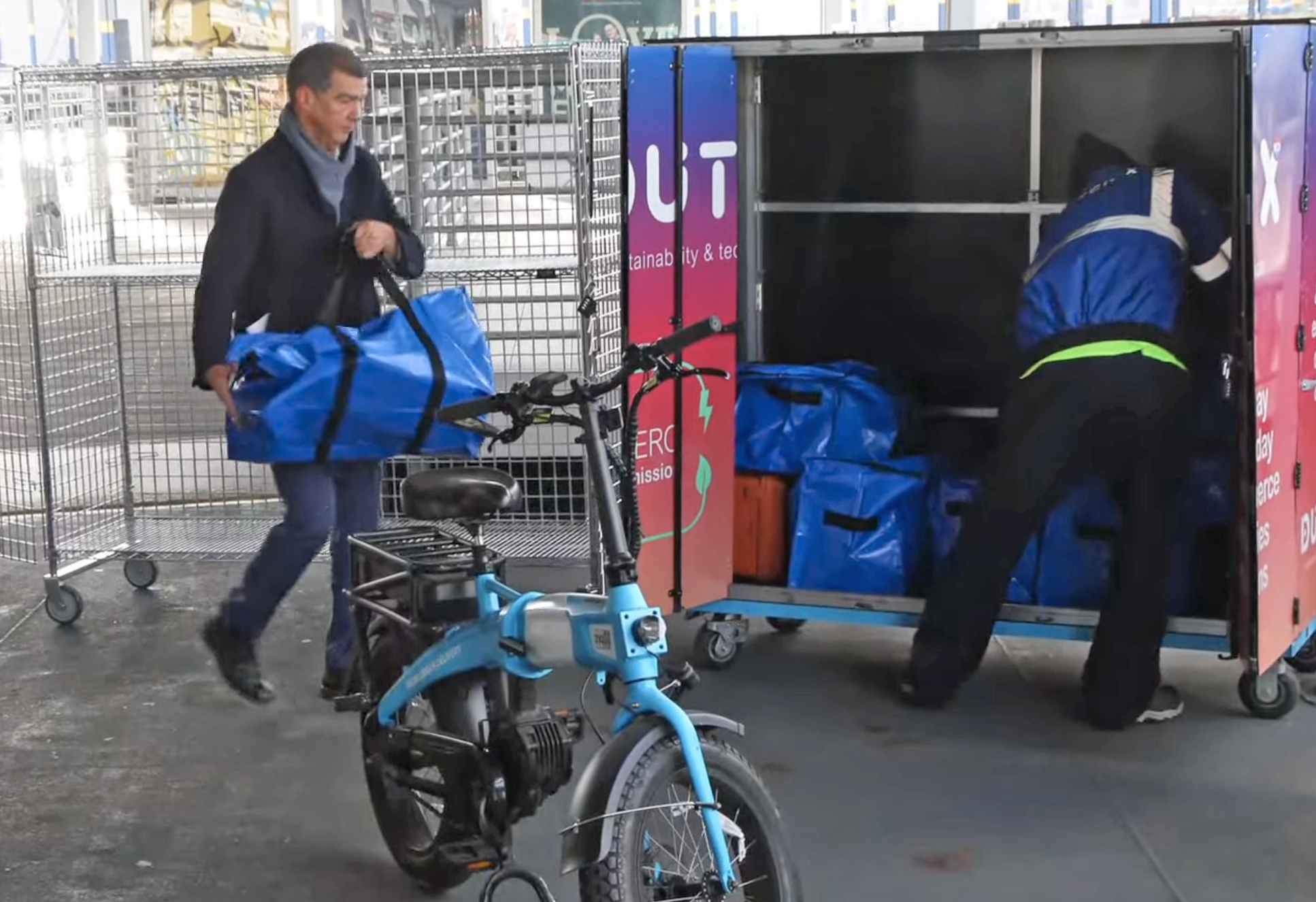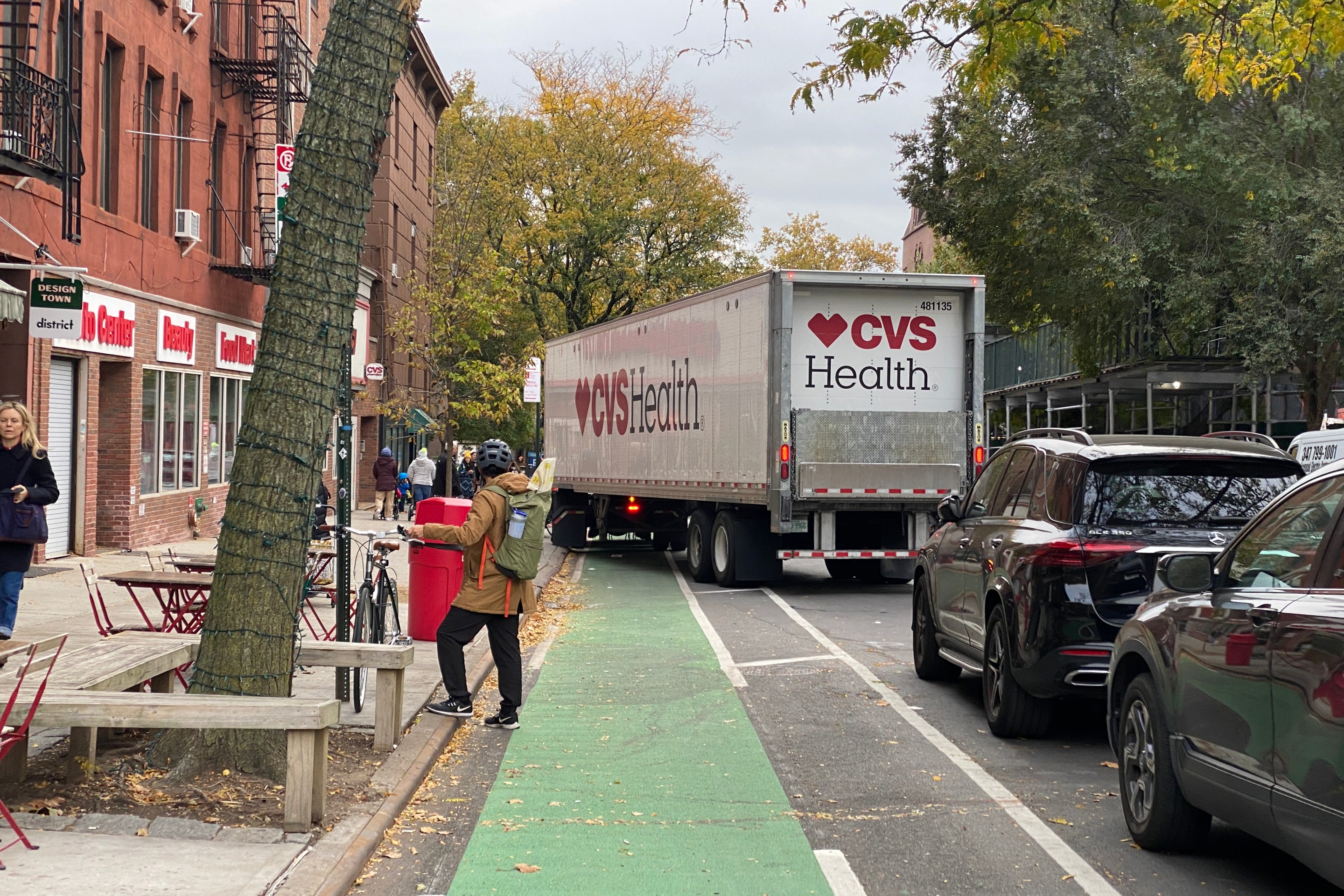Most American roads -- even the most highly trafficked -- are financial losers. That's a major finding from a new study by the Center for American Progress [PDF].

A financial analysis by the think tank found that about four out of 10 U.S. highways don't carry enough traffic to generate sufficient revenue to pay for their maintenance -- let alone construction.
CAP analyzed individual road segments from around the National Highway System. Using publicly available traffic data, researchers were able to estimate how much revenue each segment generated in terms of user fees paid by drivers, namely state and federal gas taxes. Those totals were then compared to average maintenance costs, assumed to be two resurfacings and one major reconstruction over the course of 30 years.
That just six in 10 highways passed such a low test should be a wake-up call, CAP authors say. For one, the cost analysis did not include initial construction costs or inflation. Including a modest annual 1 percent inflation adjustment on the cost of construction would have increased the share of roads that failed to cover costs by 9 percent.
CAP's study only examined national highways, which host far more traffic than the average road. Roads on the National Highway System represent only about 5 percent of America's total road network, but carry 55 percent of all vehicle traffic. Meaning the financial returns on local roads, which generate fewer trips and less fuel use than highways, are much worse.
The study should help dispel the false notion that roads pay for themselves, write authors Kevin Degood and Andrew Schwartz. It should also inspire us to rethink the way we disperse funding for roads versus transit, they say. (At the federal level, the split is about 80-20.) In most cases, the argument that roads are self-sustaining is a myth.





